The West Bank
The West Bank is a term that refers to landlocked territory of Judea and Samaria in the Middle East, lying between Israel and Jordan. Also referred to as ‘Cis Jordan’ (the Latin for ‘on this side of the River Jordan’) and Transjordan (literally ‘on the other side of the Jordan River’) it is a densely populated territory which, historically, has been ruled by the Ottomans, the British, Jordan and Israel in the last century or so. Its legal status continues to be hotly debated.
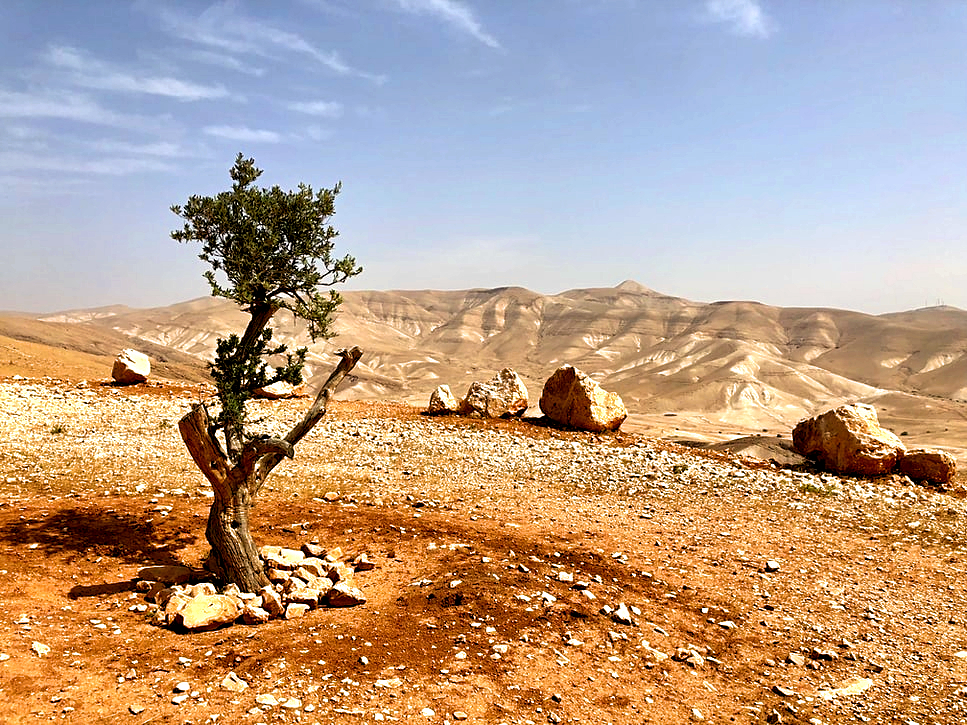
The hills near Jericho in the West Bank. Photo by David McLenachan on Unsplash
Origin of the Term "West Bank"
The actual name "West Bank" is an Arabic translation of the term “ad-Diffah I-Garbiyyah”. This refers to land west of the Jordan River that, after the 1948 war between Israel and the Arab nations, was captured by the Jordanians. In 1950, it was annexed by them and, in 1967, lost to Israel in the Six-Day War.
Geography and Climate of the West Bank
The West Bank has a mostly Mediterranean climate (particularly on the coastal plains) although, at night and in the winter, it is much cooler in the hills. It has limestone hills that are 700 to 900 metres high. Summers are invariably warm but there is much terrain that is relatively well-watered and used for sheep grazing. The Judean Desert and the Dead Sea areas are hot and dry.
Olive groves are everywhere and their cultivation is widespread. The Jordan River valley is also intensely cultivated for all kinds of vegetables and fruits. Save for this arable land, the West Bank has few natural resources - forests and woodlands account for just 1% of the terrain, which is 5,600 square km in total.
Demographics of the West Bank
The total number of people living in the West Bank, as of 2021, exceeded over 3.2 million. Around 2,750,000 of these are Palestinians. About 390,000 Israeli settlers also live here, as well as around 210,000 settlers in East Jerusalem. The major population centres of the West Bank are Hebron, Nablus, Bethlehem and Jericho.

Christmas in Bethlehem. Photo by Leon Wu on Unsplash
Hebron, West Bank
Nestled in the Judean hills and just 30 km from Jerusalem, Hebron is of great significance both to Muslims and Jews and has numerous holy sites including the Tomb of the Patriarchs (also known as the Ibrahimi Mosque) and the Avraham Avinu synagogue. Public transport, however, is quite limited and due to the constantly changing political situation, we would definitely recommend visiting this city with a private tour.
Nablus, West Bank
Famed for its bustling market (which sells local olive oil, soap and the delicious dessert ‘knafeh’), Nablus and its surrounding areas (including Jacob’s Well, Joseph’s Tomb and Mount Gerizim) are easily accessible on a day trip, since it is just 60 km from Jerusalem.
Bethlehem, West Bank
Famous as the birthplace of Jesus, thousands of tourists flock here, particularly at Easter and Christmas, to visit the Church of Nativity and Shepherds' Field. Since it is so close to Jerusalem, it is easy to take an organised half-day tour here. Celebrating Christmas in Bethlehem is a one-of-a-kind experience for every Christian.
Jericho, West Bank
Visit the town famous for Joshua’s battle, and stare at the Mount of Temptation (where Jesus battled the devil) on a day tour of Bethlehem and Jericho.
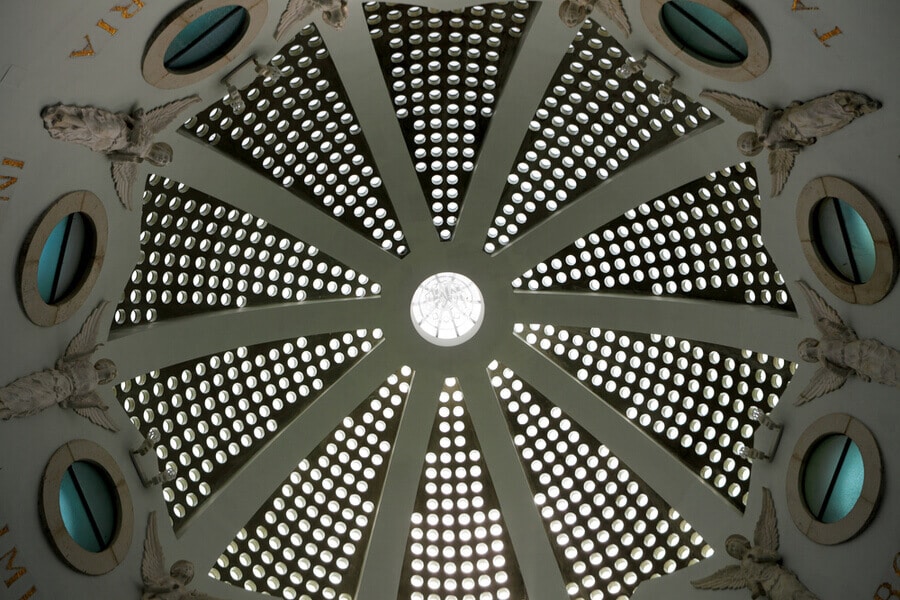
Church of Shepherd's Field, Bethlehem. Photo credit: © Shutterstock
History of the West Bank
After World War I and the collapse of the Ottoman Empire, the territory of Palestine was governed by the British Mandate. In the years that followed, there was substantial immigration by Jews (predominantly from Eastern Europe). The future of the land was hotly debated and tensions often led to violence including riots in Jaffa and a massacre in Hebron.
By 1947, the UN put forward a proposal that the land governed by the Mandate should be split into two territories - one for the Jews, the other for the Arabs. This Partition Plan was accepted by the Jews and rejected by the Arabs - a day before the Mandate was due to expire, Israel declared its independence.
There then followed the 1948 Arab-Israeli war, with the aftermath being that Transjordan was left in control of the West Bank. Five years later, they annexed this territory and held onto it until 1967, when it was captured by Israel in the Six-Day War. From 1967 until the 1990s, and the advent of the Oslo Accords, the West Bank was under exclusive Israel control. Despite many negotiations, there has never been a final status agreement of the area.
Consequently, today, the West Bank is divided into different areas - A, B and C. The Palestinian Authority (PA) currently controls 39% of the territory, with Israel in control of the other 61%. Most of the international community and the International Court of Justice regards this control as an occupation.

View of Jericho from the Mount Temptation. Photo by Snowscat on Unsplash
Religion in the West Bank
The majority of Palestinians living in the West Bank are Muslim and, of these, 98% identify as Sunni on their identification cards. There are about 52,000 Palestinians who identify as Christian. Most Palestinians, it seems, do not identify as atheists or agnostics.
Of the Jewish settlers living in the West Bank, a large number identify as religious - either ‘national religious’ or ‘haredi’ (ultra-orthodox) although there are built-up areas where secular Jews live. In general, the Jews who live in the West Bank tend to be more religious than those living in Israel.
Legal and Political Status of the West Bank
This is a much-contested subject. The future status of the West Bank has been hotly debated, since the beginning of the Oslo Accords and the 2002 ‘Road Map for Peace’ proposed by a Quartet of the USA, Russia, the European Union and the United Nations.
The Palestinians hope, and believe, that the West Bank should be part of a future Palestinian state, with an independent legislature. They see any control of this territory by Israel as an impediment to their rightful statehood.
President Obama’s view was that a final legal and political agreement would have to reflect current demographic realities i.e. that there would have to be a ‘land swap’ between Israelis and Palestinians, in order to pave the way for a Two-State Solution. The United Nations has passed resolutions, criticising and condemning Israel’s policy of establishing settlements in the West Bank.
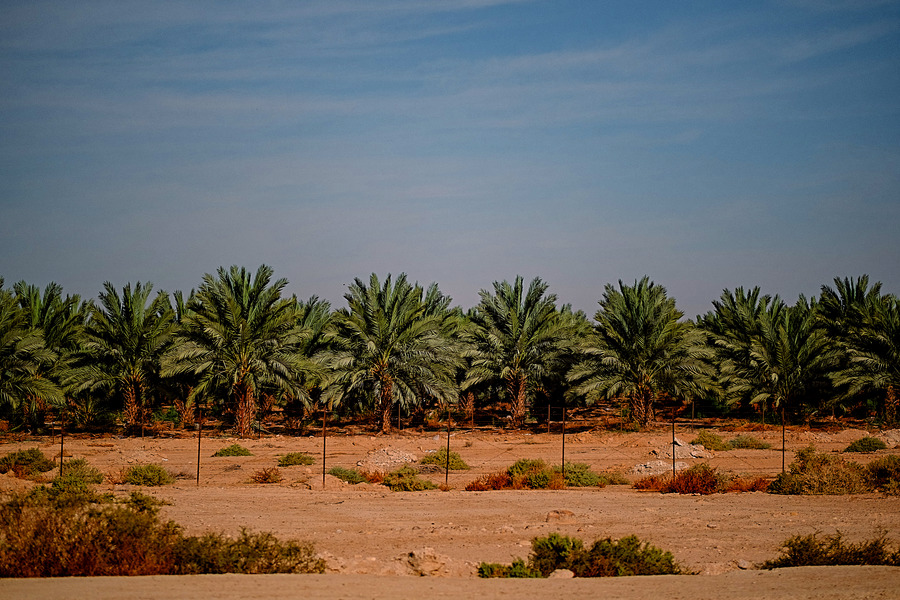
Palms in the West Bank. Photo by Levi Meir Clancy on Unsplash
Israeli society is split on how to deal with the situation. The ‘left’ broadly supports a two-state solution, as part of a ‘land for peace’ agreement, implying an independent State of Palestine alongside the State of Israel, west of the Jordan River.The centre-ground would support some kind of Palestinian statehood but with a continued Israeli presence, to prevent terrorist attacks. The more ‘right-wing’ elements advocate Israeli annexing the West Bank and giving Palestinians citizenship. The most radical elements of Israeli society believe in the idea of ‘transfer’ i.e. handing Palestinians over to Jordan.
Public Opinion and the BDS Movement
Public opinion is heavily divided both in Israel and the West Bank, as to how viable a two-state solution is. More moderate elements of both groups advocate for peaceful co-existence and independent statehood for the Palestinians, as part of a land swap (which is agreeable to both sides, of course).
Radical on both sides argue against this - Israelis say that Palestinians cannot be trusted to keep the peace if given a state of their own. Palestinians, in return, say Israel has no interest whatsoever in space moreover, they argue, many of the Palestinian refugees today (now many generations on) do not want to live in the West Bank - rather they want to return to their old homes in Jaffa and Galilee.
Jews in the diaspora (i.e. Jews around the world) seem to be equally divided in their political opinions. Palestinians outside of the Middle East are equally divided. Some tend to have regarded the Oslo Accords as an act of surrender, a ‘Palestinian Versailles’. Others take the view that negotiations and compromise with Israel are inevitable if they are ever to realise their hopes of independence.
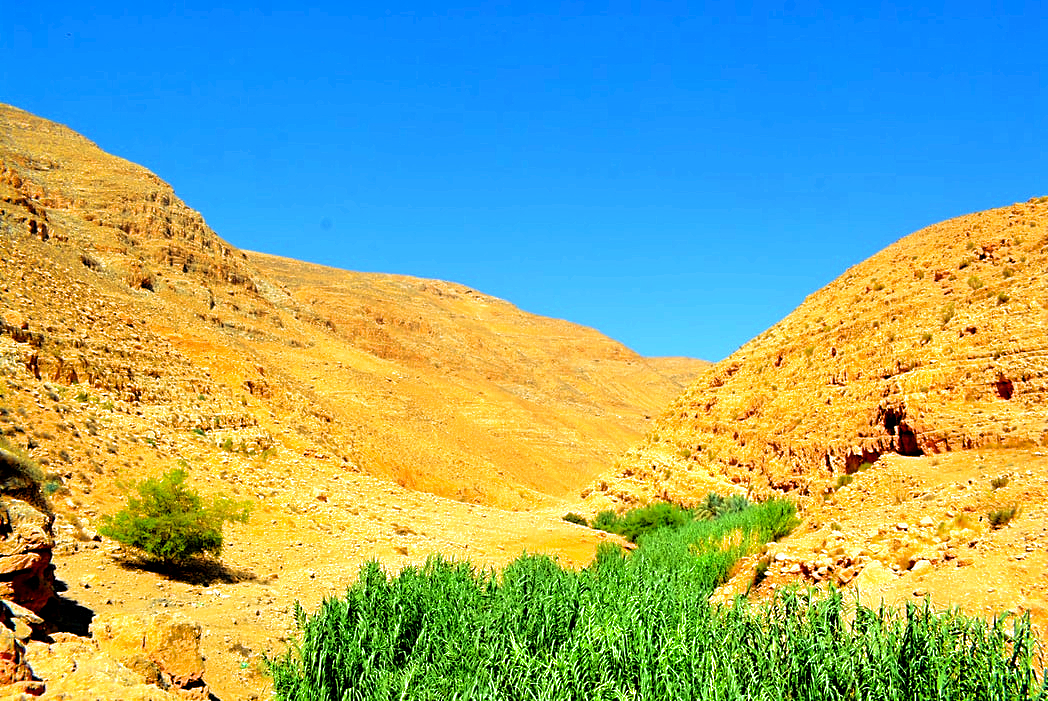
Wadi Qelt, West Bank. Photo by nour tayeh on Unsplash
The Boycott, Divestment and Sanctions Movement
The Boycott, Divestment and Sanctions Movement (BDS) was established by activists in 2005 in order to push what they call the end of international support for Israel’s occupation. They support a range of tactics, all intended to put pressure on Israel to comply with its obligations under international law. These include boycotting academic institutions, disinvesting in Israeli companies and applying sanctions to the state of Israel.
Many BDS activists argue that Israel is a colonialist project and, to all intents and purposes, an apartheid state. BDS argues that Israel must do the following three things: end the occupation of the West Bank and take down the Separation Barrier (‘the Wall); give full equality not just to Palestinians in the West Bank but Arab Israelis within the State of Israel; giving Palestinians the right to return to their ancestral homes, from which they left/fled as refugees.
Opposition to BDS
Those who oppose BDS say it is an organisation that is, in fact, anti-semitic, implies that Israel has no right to statehood and promotes discrimination against Jews. They argue that the Separation Barrier is, unfortunately, a very real and necessary barrier since it stops Palestinians from infiltrating Israel and carrying out terror attacks, which killed many Israelis in the Second Intifada.
Moreover, they argue, support of the right of return for all Palestinian refugees is just a thinly-disguised attempt to dismantle the state of Israel. If all Palestinian refugees were allowed to return to their villages, before 1948, Jews would quickly become a minority in their own land. This would mean they would no longer have any right to self-determination.
The BDS movement is widely (and often vociferously) opposed by the majority of Jews outside of Israel and campaigns against it have been made a top priority of the pro-Israel lobby in the USA. It has been described as a ‘dishonest cult’ since its members refuse to state, openly, that they do not recognise Israel’s right to exist.
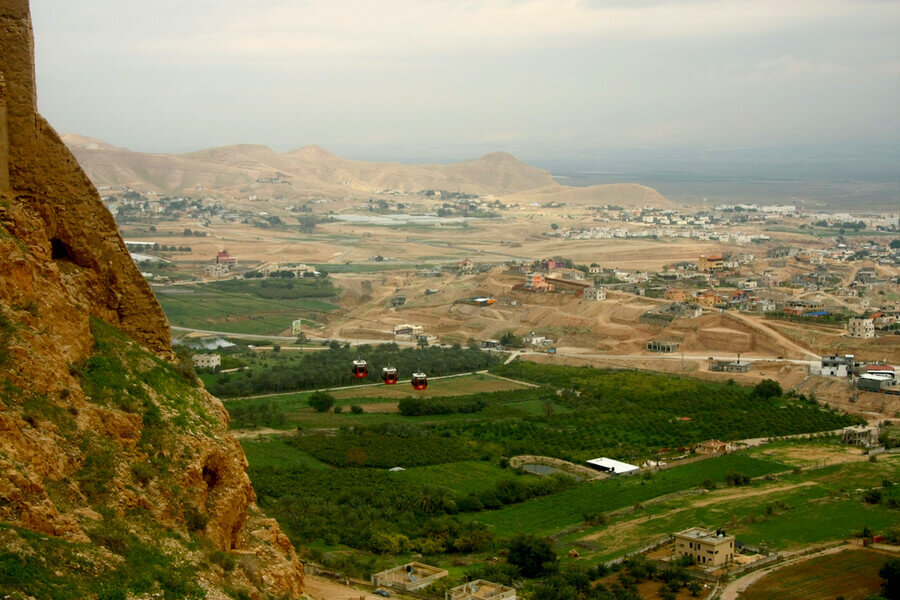
Cable car to Mount Temptation, Jericho. Photo credit: © Shutterstock
Crossing Point
Allenby Bridge - also known as the King Hussein Bridge, is the most important port for the Palestinians in the West Bank to the Jordanian borders. It is situated 55 km (about a 1 hour 15 minutes drive from Jerusalem). Close to Jericho, it can be used by Palestinians, foreign travellers and diplomats. Israel citizens can not cross it.
The Allenby Bridge crossing was established during World War I, and was nothing more than a simple wooden bridge by which soldiers could cross over the Jordan River simply. Today, it is under the administration of the Israeli Airports Authority (IAA).
Tourism
Making a trip is becoming increasingly popular with visitors and, for sure, taking a tour to the West Bank is an experience that few forget. The area has beautiful scenery, holy sites (mosques, synagogues, monasteries in Wadi Qelt, etc), bustling markets in the major centres and some fine cuisine. For Christian pilgrims, tours to Bethlehem (the birthplace of Jesus) and excursions to Jericho (where Jesus healed a blind man) are moving experiences.
Making a visit to the West Bank is not without a few practicalities - so it’s definitely advisable to plan ahead. On major Jewish and Muslim holidays, the borders may sometimes be closed. In times of political tension or outright military conflict, it may also be difficult (and inadvisable) to cross. The best thing to do is to keep updated with the news and, of course, take the advice of your tour guide.
It is possible to travel to the area yourself but, in general, much better to take guided day tours of Bethlehem and Jericho, for example. Your guide will be someone who knows locals and this is always of great help. The locals are friendly and often very hospitable, but it is good to be aware of their customs and traditions and a guide can answer your questions as to what kind of behavior is expected. For more about this subject, take a look at our article Making a visit to the West Bank - a Few Dos and Don’ts.
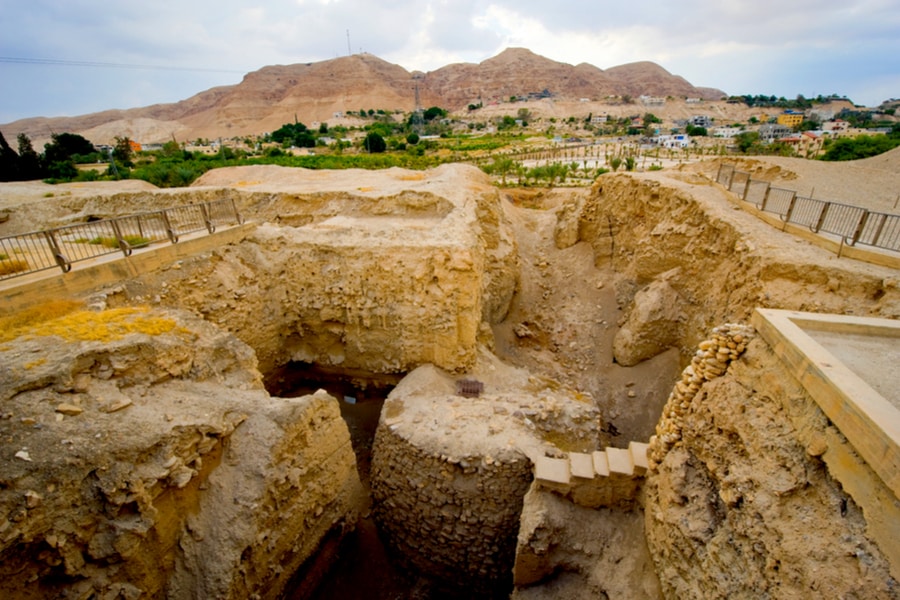
Ancient Jericho, a UNESCO-nominated archaeological site, the West Bank. Photo credit: © Shutterstock
 Login / Register
Login / Register
 Contact Us
Contact Us
 Certificate of Excellence
Certificate of Excellence Guaranteed Departure
Guaranteed Departure Low Prices Guaranteed
Low Prices Guaranteed 24/7 Support
24/7 Support




